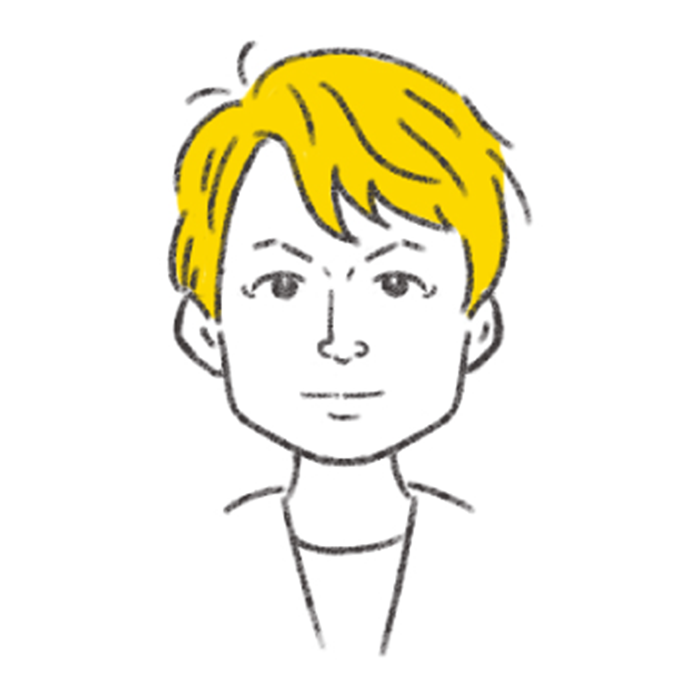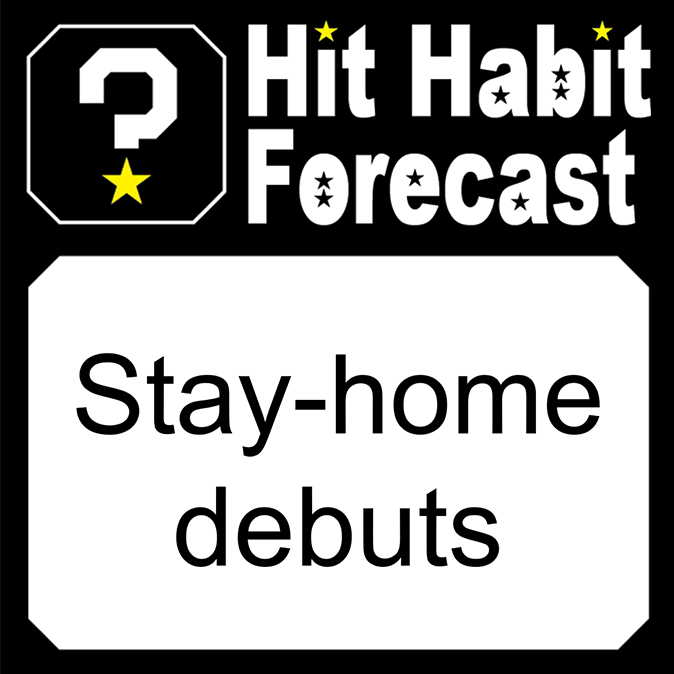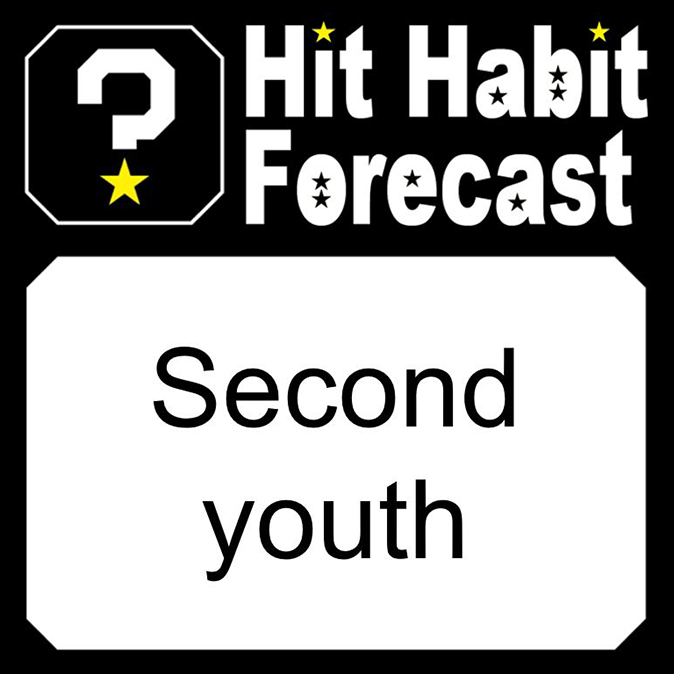- Viewpoints
Hit Habit Forecast is a regular column of the Hit Habit Makers, a group of young planners at Hakuhodo HQ that gamely stood up to say they were going to create hit habits—not hit products—as consumption shifts from purchasing things to purchasing experiences. Analyzing social media accounts and purchasing data of highly sophisticated users and conducting analysis on popular articles, etc. in a variety of media that have their fingers on the pulse of social trends: this is the bold, new challenge of forecasting hit habits that are about to break.

Hello. I’m Yuki Kusuda of the Hit Habit Makers.
In this edition, I’d like to discuss some examples of how ideas about “outside” and “at home” have been changing.
Until recently, “outside” has meant outside the home, and “at home,” inside the home. It has been a clear dichotomy. But recently, it feels as though “at home” itself has split in two, with “between outside and at home” appearing.
One key example is “loungewear.” I’m sure a few of you will be thinking: “But wait. There’s no real difference between loungewear and pajamas!” Well let me explain it a little. Firstly, pajamas are clothing made to support better sleep; they are not intended for going outside in. Loungewear, on the other hand, is created for lounging about inside, either during the day or at night. It is fashionable, and often looks like it could be worn outside. Thus, they are both made for relaxing at home, but have different purposes.
Wondering how much interest it is attracting, I searched heyagi [loungewear] on Google Trends and, apparently, it has been drawing increasing levels of interest year by year.
 Source: Google Trends (searches for “heyagi” (loungewear))
Source: Google Trends (searches for “heyagi” (loungewear))
Recently with the pandemic, people increasingly want to keep as clean as possible and, with the rise of working from home, perhaps more are wearing loungewear.
Incidentally, interest in pajamas has also been increasing year by year. It would seem that this is due to an increase in interest in the quality of sleep.
 Source: Google Trends (searches for “pajama” (pajamas))
Source: Google Trends (searches for “pajama” (pajamas))

Next, let’s consider changes to people’s homes. Interest in homes where the line between outside and inside is ambiguous is higher than ever before, it seems. Until now, Japanese homes have been built to prevent others from seeing in and us from seeing other people’s movements, for privacy and other reasons. But with contact with other people falling due in part to the pandemic, people are beginning to value their relationships and connections with others again. As a result, it seems that even in apartment buildings, people are now creating spaces in rooms that face communal passageways where they can converse with their neighbors, and roof-top gardens where people can readily gather. This appears to be creating spaces that connect people that are neither “at home,” where their privacy is protected, nor “outside” in the traditional sense, but somewhere in between in a fuzzy buffer zone. A side effect of this, apparently, is that these spaces make cramped homes feel more spacious.
Finally, we have private chefs. This service has been around for a while, but it has changed a bit, and now seems to be drawing more attention. Until now, people tended to hire private chefs for parties and the like to have them put on top-notch food to enjoy with their guests on a special occasion. But recently, services where you can have a chef come to your home and cook three or four nights’ worth of dinners seem to be drawing attention. Such services are apparently a real boon because you can request food that you like, unlike with takeaway food, and it’s a lot cheaper than traditional hire-a-chef services. Perhaps these services are drawing attention because you can enjoy chef-made meals at home for a few days, without the bother of going out.
Now let’s consider why the “between outside and at home” phenomenon has become a thing.
The main reason, I believe, is a rise in interest in enjoying time spend at home. These days, we have so many things we need to be careful about when we go out and I think the number of people who want to forget about all that when they get home and enjoy their time and connection with their families is growing. It feels like the “between outside and at home” phenomenon is emerging to make time spent at home more enjoyable.
I believe that at underlying this is a desire to reduce contact with the outside world as much as possible. But perhaps it comes from people wanting to put a more positive spin on this, rather than just locking themselves in their homes.
Examples of “between outside and at home” business opportunities
■ Apparel companies launching loungewear brands
■ Construction companies incorporating vacant spaces on each floor where residents can stand around talking or shoot the breeze when building new apartment buildings
■ Bars and restaurants creating “between outside and at home” spaces and actively promoting the cleanliness of their premises and creating a brand around them
And so on.
Personally, my opportunities to go out are laughably few these days, so I’d like to pay a bit of attention to the “between outside and at home” phenomenon.

Integrated Planning & Creative Department, Market Design Business Development Division
Kansai Office
















